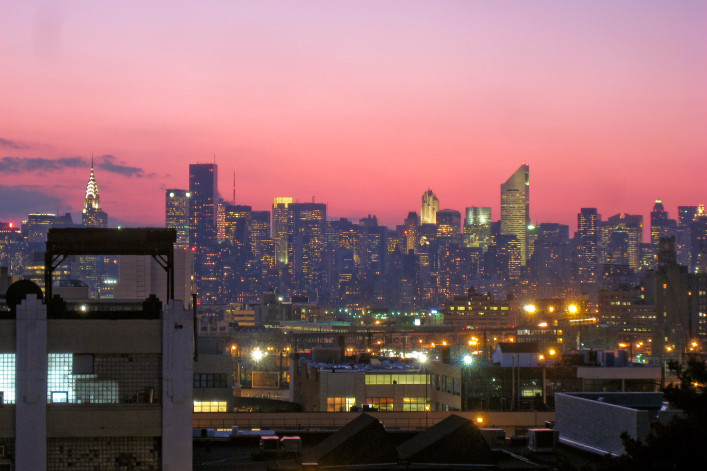NYC developers dish on Ridgewood, the risk of renting to roommates and more

Over the past two days, commercial brokerage Massey Knakal Realty Services hosted its Multi-Family Summit, which brought together investors, owners, brokers, elected officials and developers alike to discuss the ever-fluctuating state of NYC's apartment buildings (a.k.a multi-family properties). BrickUnderground attended with ears wide open to pick up a little real estate wisdom. Below, what we learned about the things your landlord—or your landlord's boss—is saying to their compatriots. (Caveat: Many industry pros quoted below have some skin in the game they're commenting on, so read with an appropriately opened mind.)
Yes, Ridgewood really is about to get huge (along with much of the rest of Queens). At a panel on the future of Queens, we learned that yes, you can expect lots of new buildings to start cropping up in non-Long Island City areas of Queens. "Neighborhoods like Ridgewood, Elmhurst, Corona, Woodside, Jackson Heights, and Bayside, where you'd have thought no one would want to build, all of a sudden there's substantial [upward] pressure on rents, and land prices are still reasonable," said Daniel Benedict, founder of real estate investment firm Benedict Realty. Translation: people want to rent there and it's cheap to build, so expect development to push farther into Queens, just as it has in Brooklyn.
All that talk about a bubble bursting? Probably won't do much to lower your rent. While Stonehenge Partners CEO Ofer Yardeni's recent comments calling the city's luxury market a "bubble about to burst" are still making waves, don't expect a potential slowdown to translate into a break on your monthly bill. "I think the bubble is for the high-end condo market, but won’t have a strong effect on the middle-range market on the rental side," explained Jeremy Shell, head of acquisitions and finance at developer TF Cornerstone . "I don’t think there would be a major re-set in rents as a result of condo buyers pulling back." Sorry to be the bearers of bad news.
Expect more tall buildings. New York City’s population is only set to keep growing, and to accommodate it, the city is on board with relaxing zoning regulations that restrict the height of apartment buildings, letting developers build ever taller towers. “We know we are a city that’s growing, and we need to fit more people into it,” said Carl Weisbrod, head of the Department of City Planning. New York can’t grow outward, he added, which leaves one direction. Upwards.
Don't discount Staten Island. A Gothamist map earlier this week indicated that a huge majority of NYC's municipal workers are shacked up on Staten Island, and there was chatter among developers that the borough could be a "new frontier" for New Yorkers who work downtown, an easy commute from the Staten Island Ferry. Midtown, on the other hand, can take about an hour and a half.
-- Additional reporting by Leigh Kamping-Carder
Related:
What's up in Brooklyn, according to real estate developers
An affordable rental in Williamsburg? Now's the time to prepare
Hit the NYC jackpot: how to get an affordable Mitchell-Lama apartment






















